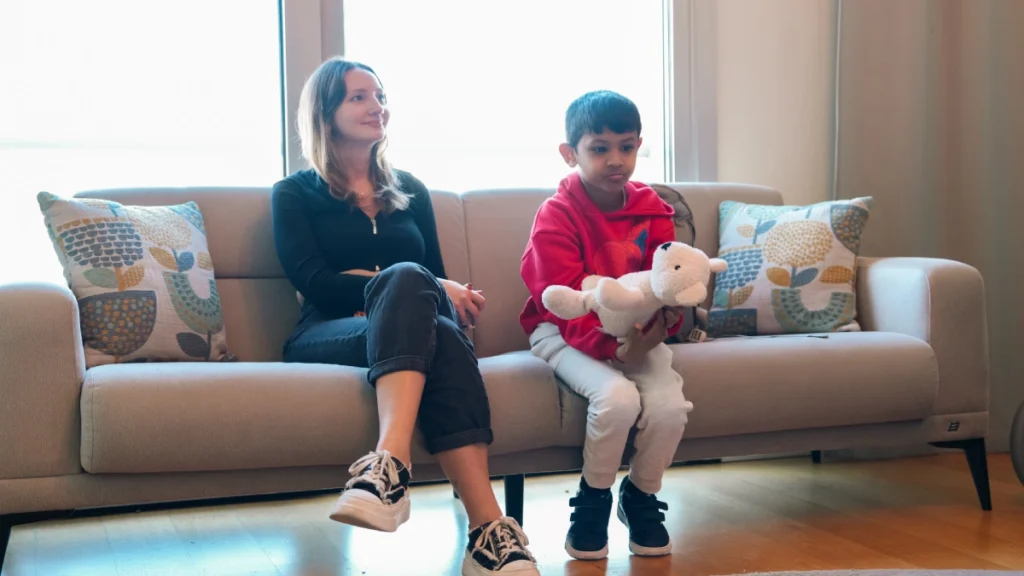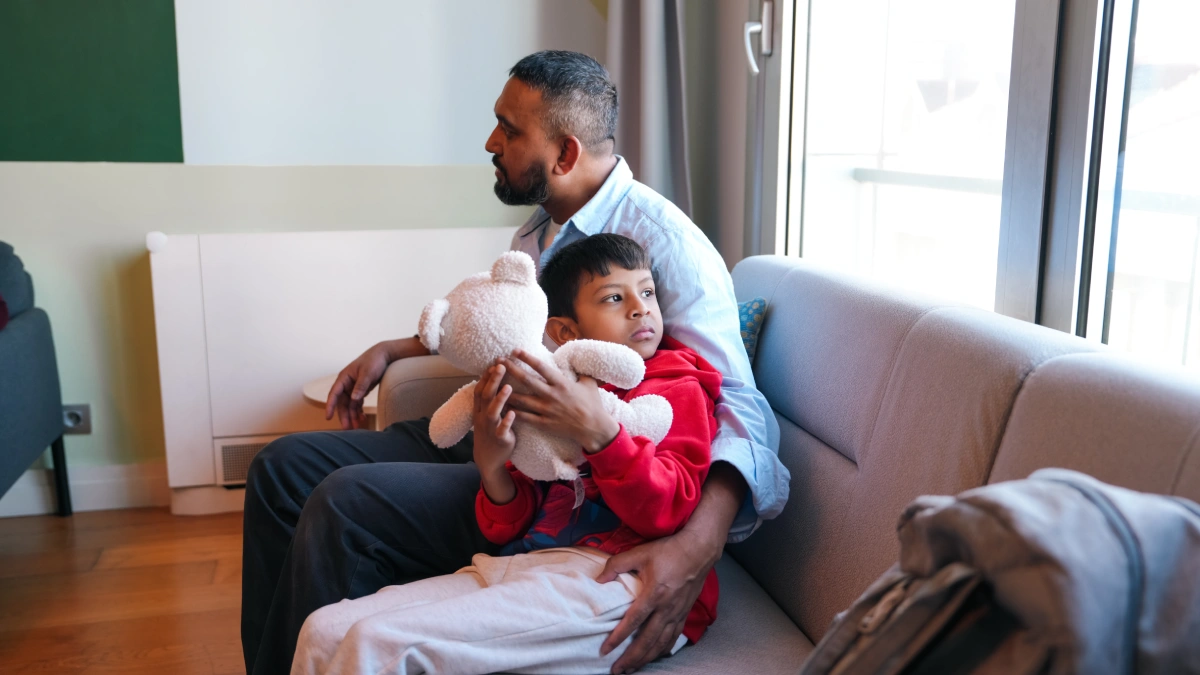Developing spontaneous speech in children with autism is a crucial milestone that can significantly enhance their communication skills and overall quality of life. While many children on the autism spectrum initially engage in echolalia (repeating words or phrases), guiding them toward spontaneous speech requires structured strategies, interventions, and, in some cases, innovative treatments like Stem Cell Therapy for Autism. This article explores effective techniques and emerging therapies that can support this transition.
Table of Contents
Understanding Echolalia and Spontaneous Speech
Echolalia is a natural part of language development but may persist longer in children with autism. It can be categorized as:
- Immediate Echolalia: Repeating words or phrases right after hearing them.
- Delayed Echolalia: Recalling and using previously heard words or phrases in different contexts.
The goal is to help children move beyond repetition and develop functional, spontaneous speech, which involves initiating conversations, expressing thoughts, and responding appropriately in real-time.
Strategies to Promote Spontaneous Speech
1. Encouraging Functional Communication
- Use visual supports like picture exchange communication systems (PECS) to build language association.
- Incorporate augmentative and alternative communication (AAC) devices for children with limited verbal skills.
2. Modeling and Expanding Language
- When a child repeats a phrase, model a slightly modified response. Example:
- Child: “Want cookie?”
- Parent: “Yes, you want a chocolate cookie.”
- Encourage contextual variations so they learn to apply words in different situations.
3. Using Naturalistic Teaching Approaches
- Incidental teaching: Create opportunities for the child to use spontaneous speech in daily activities.
- Joint attention activities: Engage in shared activities where language naturally emerges, such as storytelling or pretend play.
4. Reinforcing Spontaneous Speech
- Use positive reinforcement (praise, rewards) for any attempts at independent speech.
- Avoid reinforcing echolalia; instead, guide the child towards generating original responses.
5. Speech and Language Therapy
- Work with speech-language pathologists (SLPs) who specialize in autism.
- Implement gestalt language processing techniques for children who rely on echolalic speech.

The Role of Stem Cell Therapy for Autism
Can Stem Cell Therapy Help Improve Speech in Autism?
Stem cell therapy is an emerging treatment showing promising results in improving communication and cognitive functions in children with autism. Research indicates that stem cell therapy can enhance neural connectivity, reduce inflammation, and support brain function, which may facilitate speech development.
Stem Cell Therapy for Autism Reviews & Success Stories
Many parents report significant improvements in language, behavior, and social interactions after stem cell treatment. Although individual results vary, case studies have documented:
- Better speech fluency and reduced echolalia.
- Increased cognitive engagement and learning ability.
- Improved social communication with peers and caregivers.
Best Stem Cell Clinics for Autism and Cost Considerations
The cost of stem cell therapy for autism varies widely depending on location, provider, and treatment plan. Some of the best stem cell clinics specialize in tailored programs, offering personalized treatment plans based on the child’s specific needs.
Clinical Trials and Research on Stem Cell Therapy for Autism
Ongoing clinical trials aim to assess the effectiveness and long-term benefits of stem cell therapy for autism. Some of the most studied areas include:
- Neural regeneration and plasticity
- Reduction in neuroinflammation
- Impact on language and cognitive development
Potential Side Effects and Considerations
While many parents seek stem cell therapy near me to explore options, it is essential to consider potential side effects such as:
- Temporary fever or inflammation
- Immune system reactions
- Uncertain long-term efficacy
Conclusion
Helping children with autism transition from echolalia to spontaneous speech requires a combination of evidence-based strategies, consistent practice, and potential medical interventions like stem cell therapy. While speech therapy and structured learning approaches remain fundamental, innovative treatments may offer additional hope for families seeking new solutions.
FAQs
How effective is stem cell therapy for autism-related speech delays?
Findings suggest potential benefits in cognitive and speech improvements for some children.
What is the success rate of stem cell therapy for autism?
Success rates vary, with some children showing notable progress in communication, while others experience milder improvements.
Are there natural ways to encourage spontaneous speech in children with autism?
Yes, speech therapy, visual supports, reinforcement techniques, and structured language modeling are effective.

